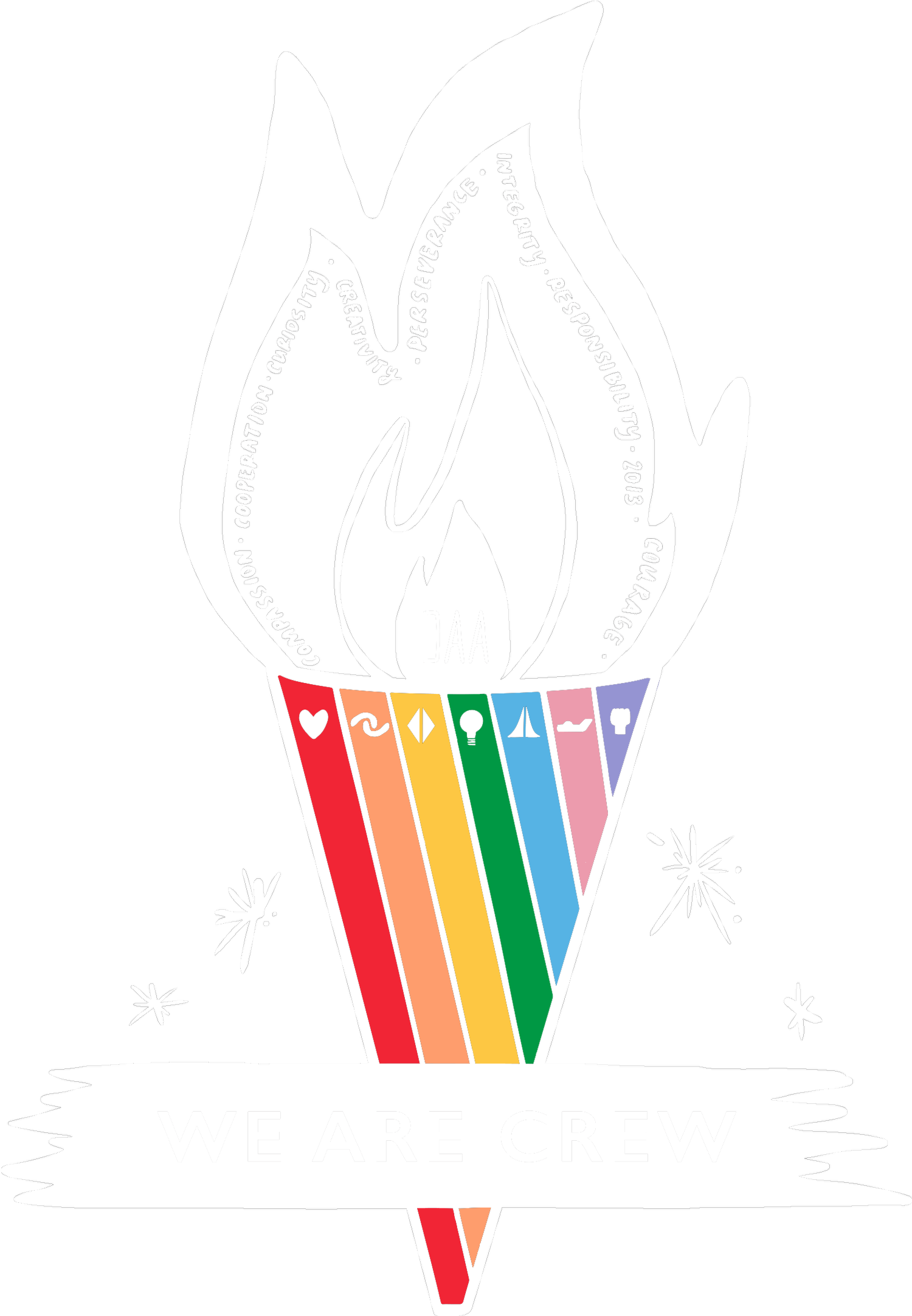1st Grade Crew // Authentic Learning
#block-yui_3_17_2_1_1536859255520_23691 .sqs-gallery-block-grid .sqs-gallery-design-grid { margin-right: -20px; }#block-yui_3_17_2_1_1536859255520_23691 .sqs-gallery-block-grid .sqs-gallery-design-grid-slide .margin-wrapper { margin-right: 20px; margin-bottom: 20px; }
EL education determines high-quality work through the lens of authenticity, craftsmanship, and complexity. When planning the first-grade bird module, we kept these three attributes in mind. As a school we really wanted to focus on bringing the authenticity piece to the forefront, specifically, incorporating fieldwork, local experts, and service learning with students. These three facets truly bring to life work from the classroom because student’s work has a purpose. Our students meet with local experts who study or work in the specific field students are learning. They visit local spots connected to their academic content and produce an artifact that has a purpose in the outside world.
Once our first graders finished their first unit on birds’ physical characteristics and behaviors, they were excited and energized about what they would be learning next. We invited a local bird expert, Mr. Anderson, who is the father of our beloved social worker—Mr. Anderson, to teach us about what he knows about the ins and outs of birds. He visited our first-grade classroom and shared photographs of birds he has seen on his travels throughout the world. Students viewed real-life images of birds that they have studied for months. They asked Mr. Anderson interesting questions that only a bird aficionado could answer and were so excited to share their knowledge about what they had learned with him. Watching our students get so enthusiastic about recognizing a bird in a photograph and seeing 100% of the Crew raising their hand to answer a question about a bird that Mr. Anderson posed, was truly magical!
The fieldwork first grade went on is directly connected with what we are learning in the classroom. The purpose of our visit was to observe local birds in their natural habitat and understand different ways we can take care of birds. The experience of going on fieldwork to gather information with so much background knowledge is empowering and thought-provoking. Students put their knowledge to the test by “showing off” what they learned about birds. We invited Mr. Anderson to join us on our fieldwork to Kensington Nature Center, a park he knows well, to help us notice, observe, and learn even more birds! This fieldwork allowed students to take off their “student hat” and put on their “research hat”. They took observational notes and wrote specific interview questions. This research stimulated our thinking for our final product and helped us answer our guiding question—how can we take care of birds to help them live and grow?
Using the information and experience gained through our expert, fieldwork, and classroom learning we created a final product to benefit birds in our community. Students used the research of local birds and work in expert groups to design and create a bird feeder with specific characteristics to appeal for their local Michigan bird. Each bird feeder included a high-quality scientific drawing of their local bird and include a convincing paragraph for a local business explaining why they should put the bird feeder outside of their place of work. Students also justified why the design of their bird feeder is best for the features of their specific bird. First graders planned, created, and revised their design using Legos! We also asked Mr. Anderson to use his expertise and give feedback and critique on our final products. Our final product mirrored a real-world format and served a real community need! It’s a win-win for the kids, the community, and the birds!



